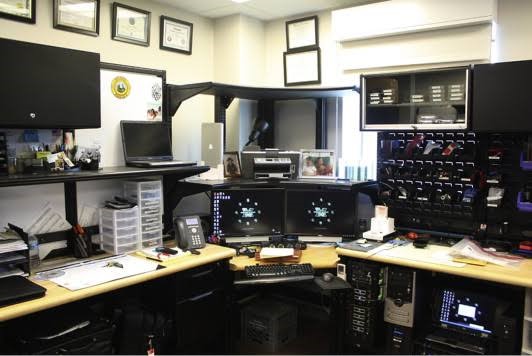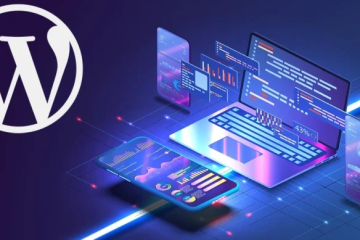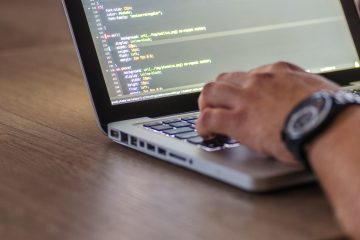Understanding Image Forensic Tools: Techniques and Applications

Understanding
In the age of digital photography and image manipulation, the authenticity of images has become an increasingly critical issue. Image forensic tools, which are used to detect and analyze digital image tampering, have become essential for a variety of applications, from law enforcement investigations to scientific research. In this article, we will explore the different types of image forensic tools and their applications.
Types of Image Forensic Tools
Metadata Analysis
Metadata is information that is embedded in digital images and provides details about the camera and settings used to capture the image. By analyzing metadata, investigators can determine if an image has been tampered with or if it has been created using software. Tools such as ExifTool and Metashield Analyzer can be used to extract and analyze metadata from digital images.
Error Level Analysis (ELA)
ELA is a method used to detect digital image manipulation by analyzing differences in compression levels within an image. Areas of an image that have been edited or added will have a different compression level than the surrounding areas, making them stand out. ELA can be used to detect various types of tampering, such as image splicing, cloning, and retouching.
Image Tampering Detection
Image tampering detection is a technique used to identify specific types of image manipulation, such as splicing, cloning, and retouching. These tools use algorithms that detect changes in image content or features that are inconsistent with natural image creation.
Forgery Detection
Forgery detection is a technique used to detect forged digital images, such as those created using computer graphics software. These tools use algorithms that analyze the image’s lighting, shading, and texture to determine if it is a forgery.
Applications of Image Forensic Tools
Law Enforcement Investigations
Image forensic tools are increasingly being used by law enforcement agencies to investigate crimes, such as child pornography, fraud, and cybercrime. These image enhancement softwares can help investigators identify and analyze digital evidence, such as images or videos, to determine if they have been tampered with or are authentic.
Scientific Research
Image forensic tools are also used in scientific research to verify the authenticity of digital images used in research papers and publications. This helps ensure that research results are accurate and reproducible.
Media and Journalism
Image forensic tools are used in media and journalism to verify the authenticity of images used in news stories and social media posts. This helps prevent the spread of fake news and misinformation.
Art and Culture
Image forensic tools can also be used in the art world to verify the authenticity of paintings and other works of art. By analyzing digital images of these works, experts can determine if they are authentic or forgeries.
Conclusion
Image forensic tools have become an essential tool for verifying the authenticity of digital images in various fields, from law enforcement investigations to scientific research. By using these tools, investigators can detect and analyze digital image tampering, ensuring that the images they are analyzing are authentic and trustworthy. As image manipulation technology continues to advance, the need for image forensic tools will only continue to grow.

















